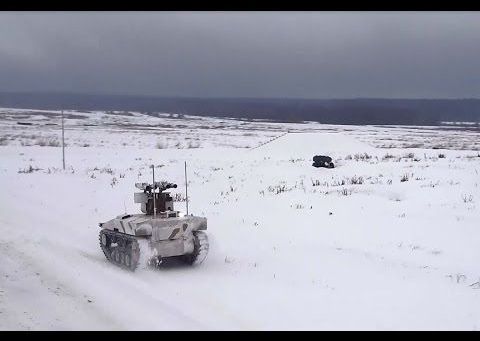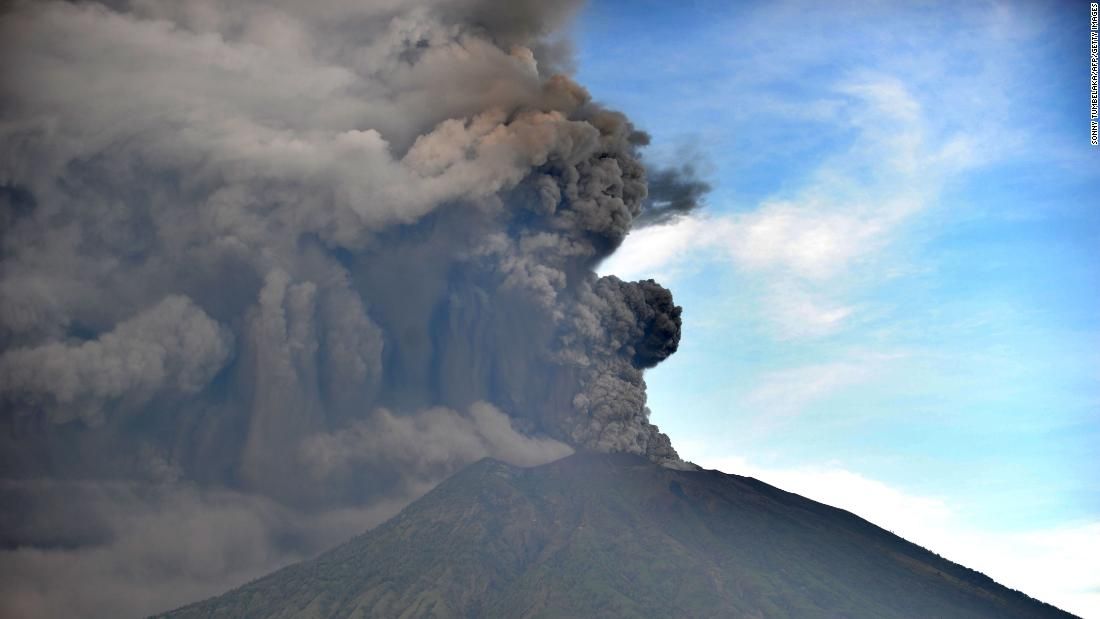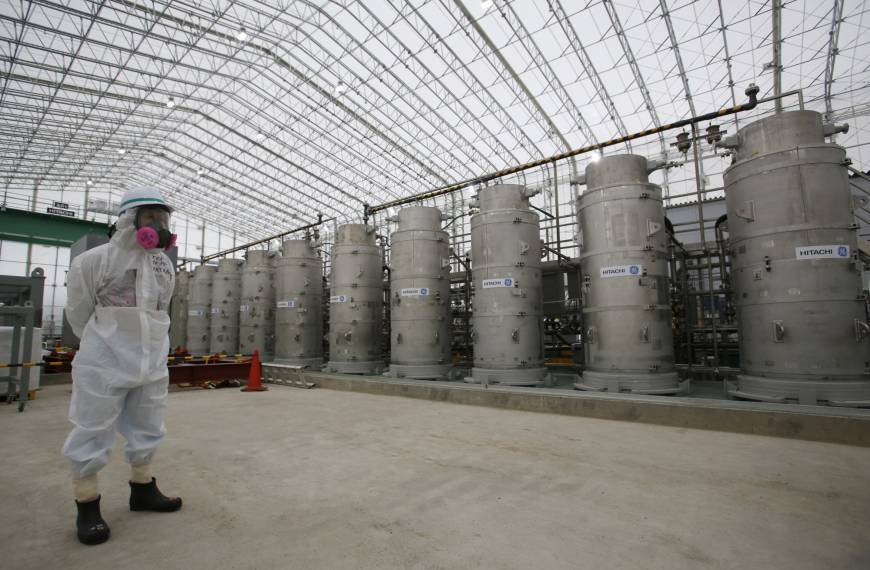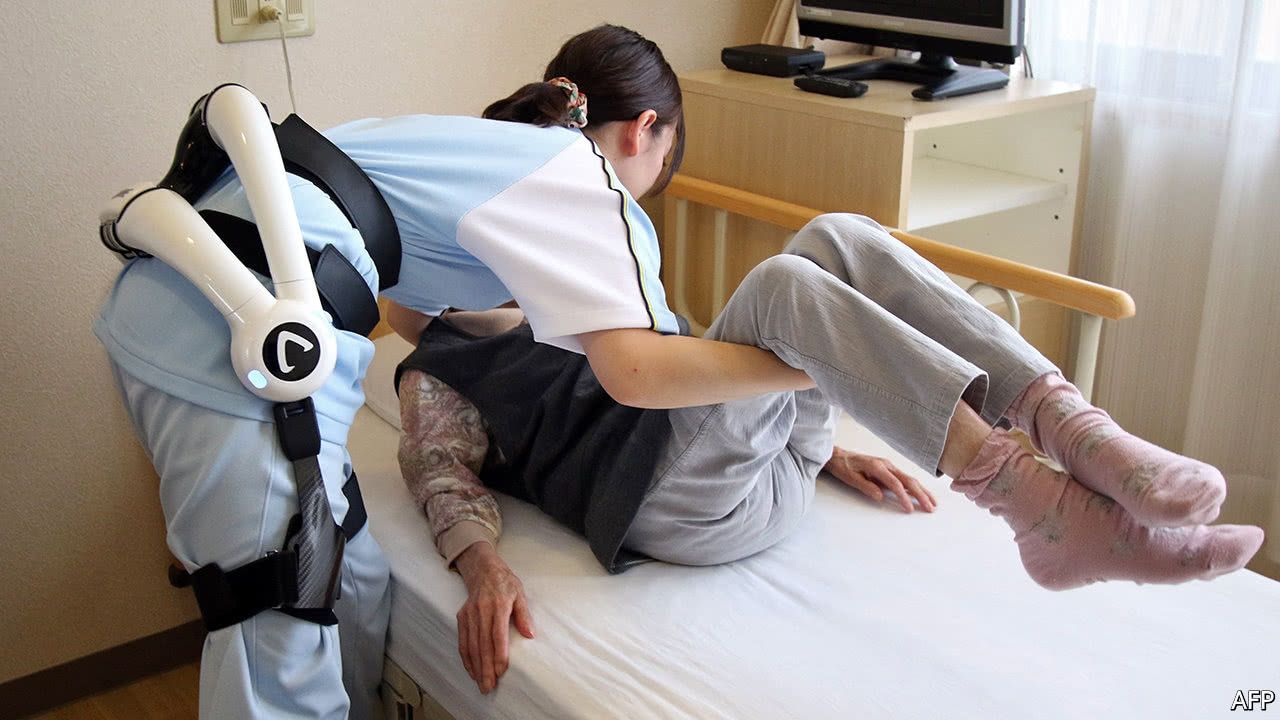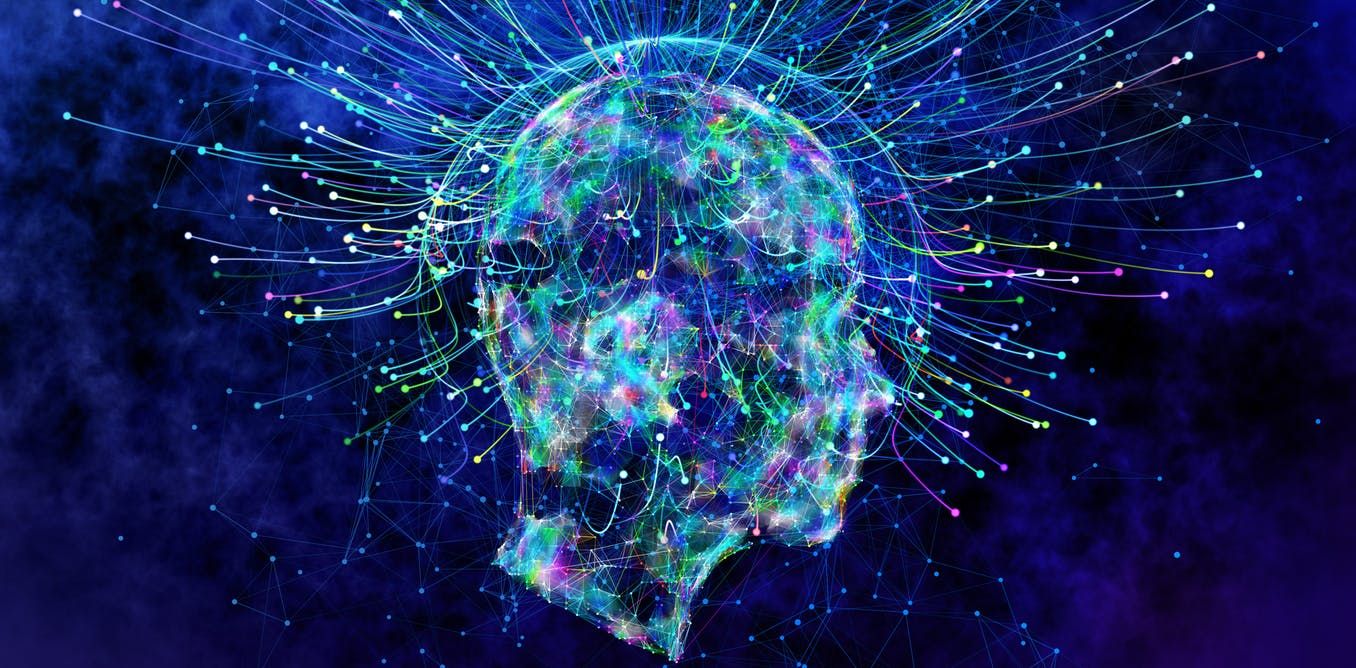Kalashnikov’s upcoming product shows how the US and Russia are on wildly different paths to autonomy.
The maker of the famous AK −47 rifle is building “a range of products based on neural networks,” including a “fully automated combat module” that can identify and shoot at its targets. That’s what Kalashnikov spokeswoman Sofiya Ivanova told TASS, a Russian government information agency last week. It’s the latest illustration of how the U.S. and Russia differ as they develop artificial intelligence and robotics for warfare.
The Kalashnikov “combat module” will consist of a gun connected to a console that constantly crunches image data “to identify targets and make decisions,” Ivanova told TASS. A Kalashnikov photo that ran with the TASS piece showed a turret-mounted weapon that appeared to fire rounds of 25mm or so.
